Mastering Decision-Making in High-Stakes Situations
In today's fast-paced world, making big decisions can often feel overwhelming, especially during challenging circumstances. Jonathan Reimer, an emergency manager, shares valuable insights from his experiences with wildfires, illustrating how we can better navigate complex decision-making processes. This blog explores the balance between intuition and data-driven choices, providing a framework for effective decision-making.
Introduction to Wildfires
Wildfires represent one of nature's most formidable challenges, capable of devastating landscapes, communities, and lives in a matter of moments. Understanding the dynamics of wildfires is crucial for effective decision-making, particularly when lives and property are at stake. Wildfires can spread rapidly, fueled by dry conditions, wind, and the availability of flammable materials. Each wildfire presents unique challenges that require swift and informed responses from emergency managers and firefighters alike.
In the context of decision-making, wildfires serve as a powerful metaphor. The urgency and unpredictability of these events compel decision-makers to act quickly, often with incomplete information. The stakes are high, and the consequences of each decision can reverberate through entire communities.
The Waterton Fire Experience
The experience of handling the Waterton fire is a vivid illustration of the complexities involved in wildfire management. Unlike the catastrophic Fort McMurray fire, where chaos reigned, the Waterton fire presented a scenario where proactive measures made a significant difference. This fire, initially perceived as distant, turned into a rapidly advancing threat, catching many off guard.
What stands out in this instance is the decision to evacuate the community three days prior to the fire's surge. This evacuation, combined with extensive community protection efforts, ensured that when the flames approached, no homes were lost and no injuries occurred. This bold decision, born from risk assessment and intuition, underscores the importance of preparation and foresight in emergency management.
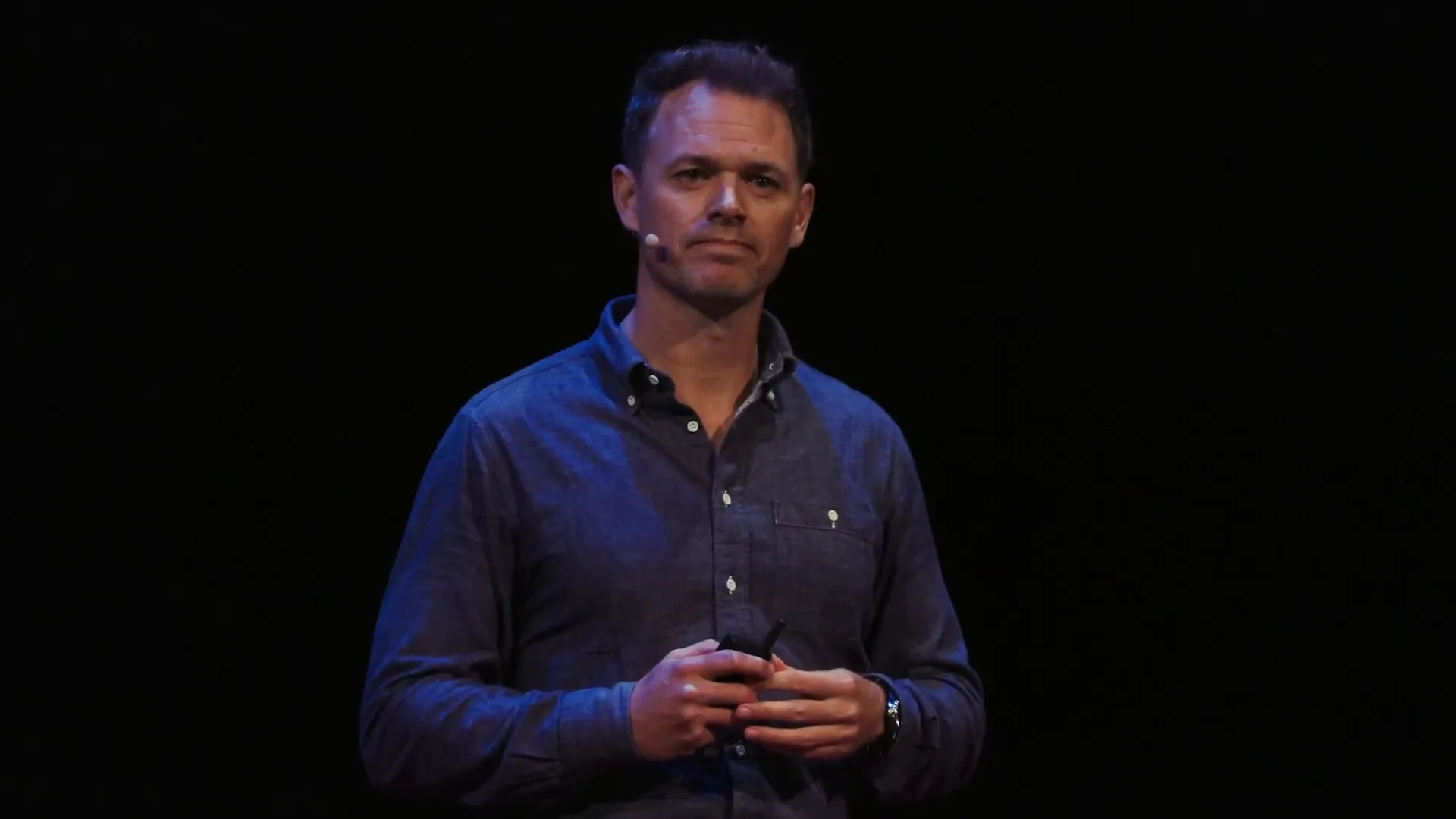
The Power of a Bold Decision
Decisions made in high-stakes situations can have far-reaching consequences. In the case of the Waterton fire, a single bold decision to evacuate saved lives and property. This highlights a critical aspect of decision-making: the ability to act decisively, even when the future is uncertain.
Emergency managers must cultivate the ability to assess risks accurately and make informed choices swiftly. The contrast between the Waterton fire and Fort McMurray illustrates how a proactive approach can lead to positive outcomes, while reactive measures can result in disaster. Being bold does not mean acting recklessly; rather, it involves leveraging available data, understanding the context, and trusting one's intuition to guide actions.

Understanding High-Stakes Decisions
High-stakes decisions are characterized by their complexity and potential impact. In the realm of emergency management, these decisions often occur under pressure, with limited time and information. Understanding the nuances of high-stakes decision-making is essential for leaders in any field.
Decision-makers must balance intuition with rational analysis. While data and metrics are crucial, relying solely on them can lead to analysis paralysis. Instead, leaders should embrace a dual approach that incorporates both analytical thinking and intuitive insights. This balance can enhance the quality of decisions made in high-pressure situations.
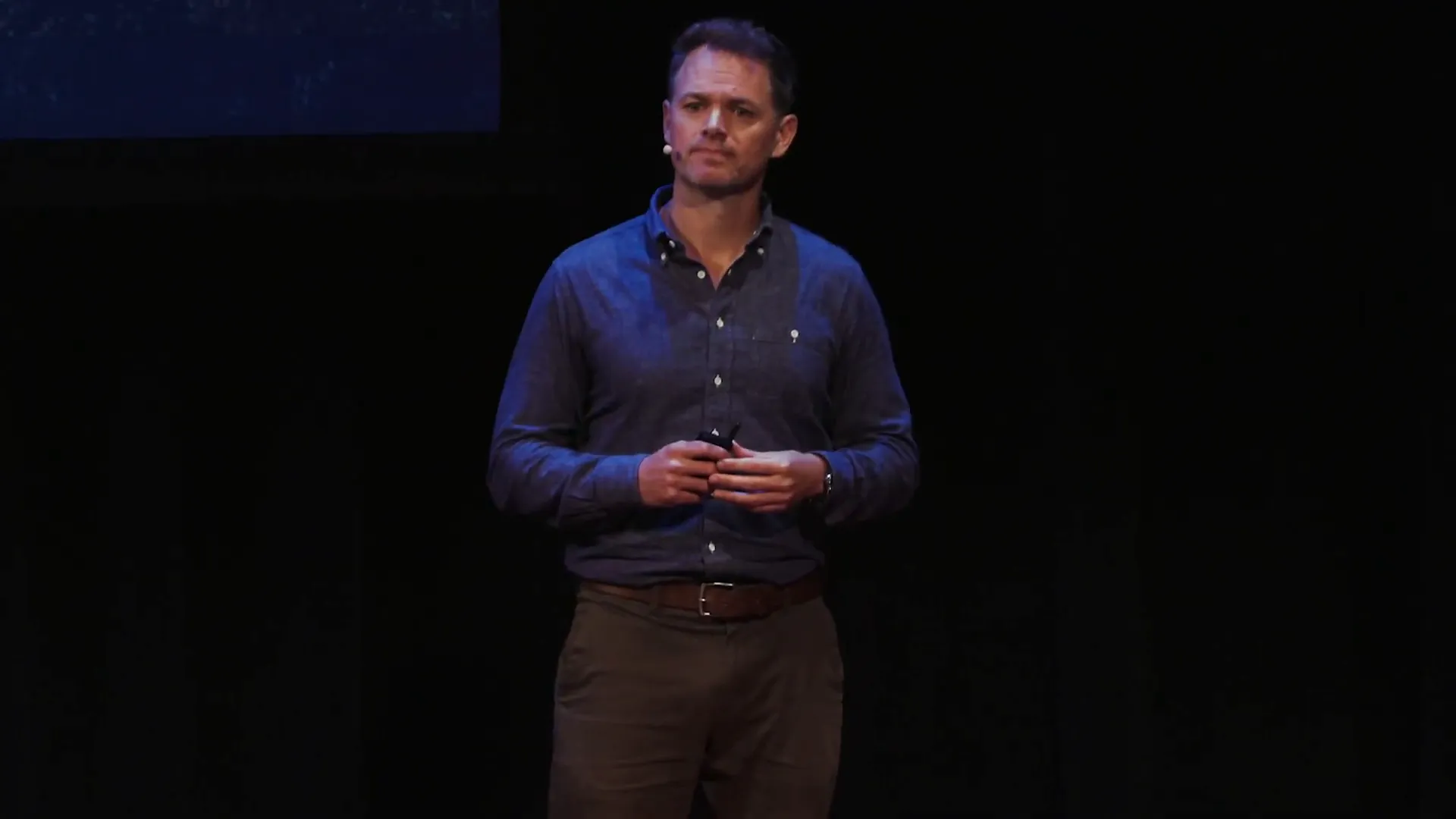
Decision-Making in Various Contexts
Decision-making is not confined to emergency management; it spans various contexts, from corporate boardrooms to family discussions. Each setting presents unique challenges and dynamics that influence how decisions are made. Recognizing these differences is key to effective leadership.
- Emergency Management: Decision-making is often time-sensitive, requiring quick assessments and actions. The stakes are high, and leaders must be prepared to adapt as situations evolve.
- Corporate Settings: In business, decisions may involve significant financial implications. Leaders often rely on data and market analysis, but intuition can play a crucial role in seizing opportunities or mitigating risks.
- Personal Life: Decisions made at home can be equally impactful. Family discussions often involve emotional aspects that may not be present in professional settings, requiring a more nuanced approach.
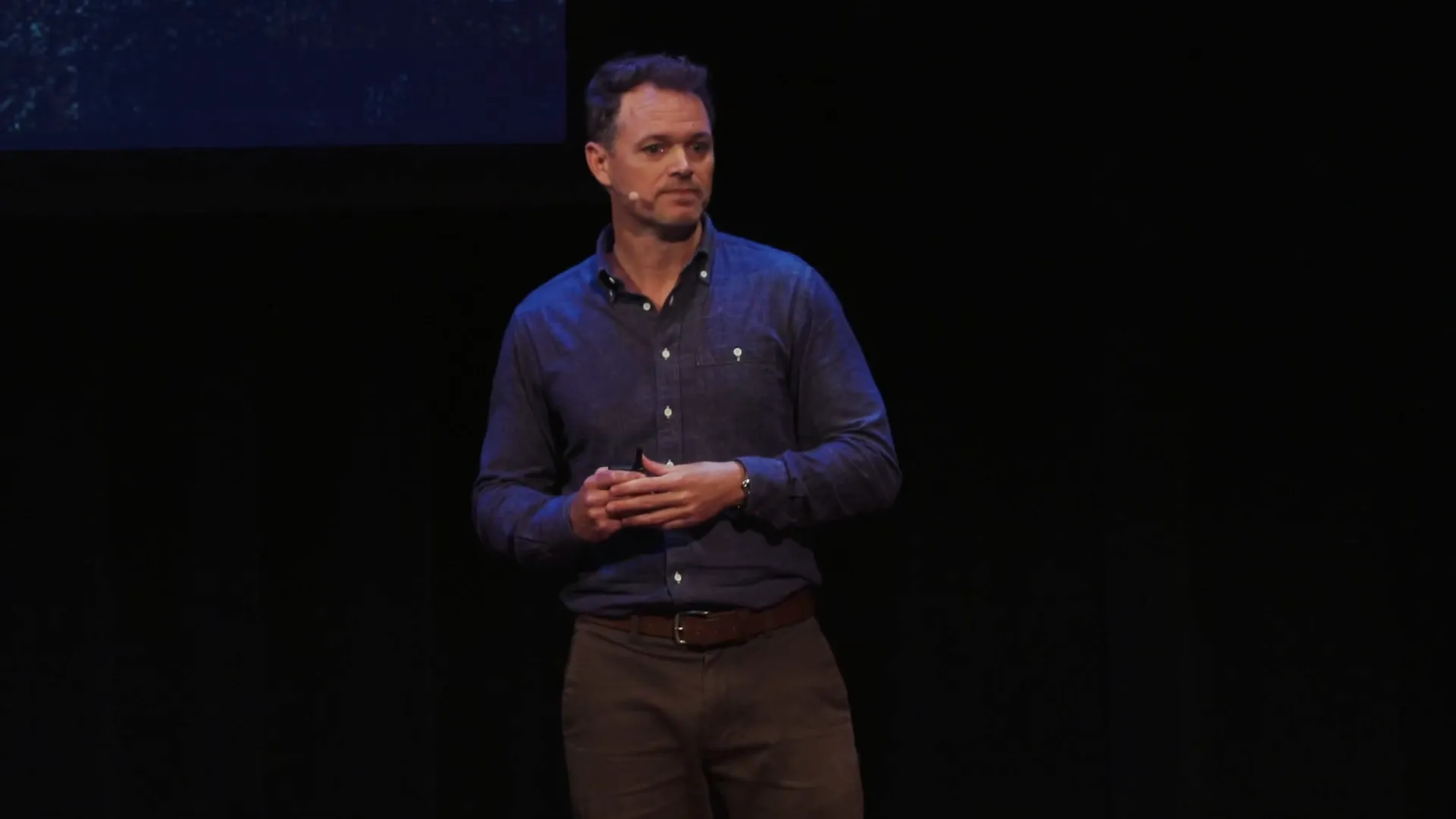
Common Misconceptions in Decision-Making
Several misconceptions surround the decision-making process, particularly in high-stress environments. One prevalent myth is that more information always leads to better decisions. However, studies have shown that an overload of information can hinder performance, leading to confusion rather than clarity.
Another misconception is that intuition is unreliable. While it's true that intuitions can be flawed, they are also rooted in experience and pattern recognition. Effective decision-makers learn to harness their intuition while remaining aware of its limitations. This duality can enhance decision-making in complex situations.
- Myth 1: More information equals better decisions.
- Myth 2: Intuition is always unreliable.
- Myth 3: Decisions should be based solely on data.
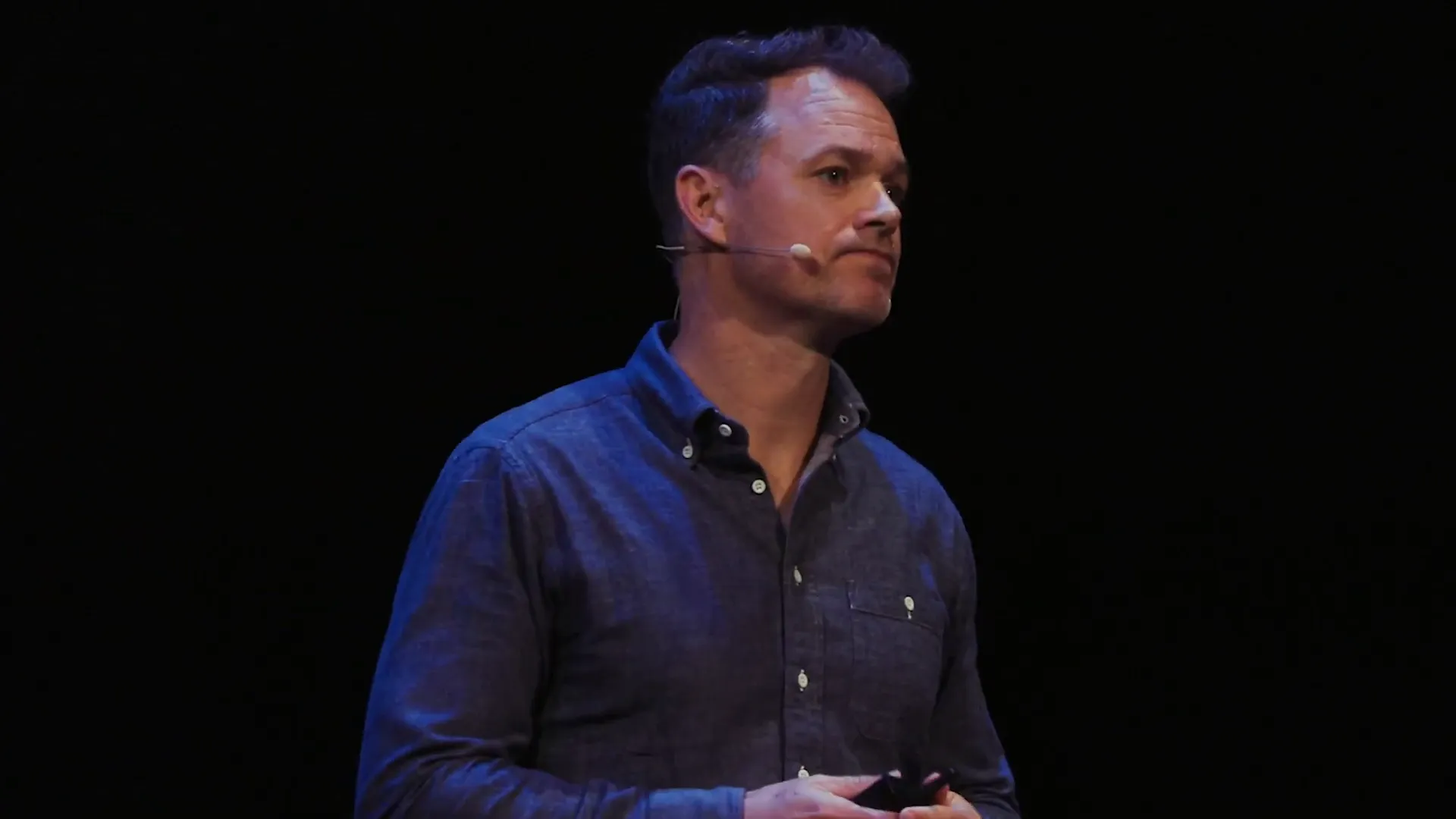
The Role of Information in Decisions
Information plays a crucial role in the decision-making process, especially in high-stakes situations. It serves as the foundation upon which choices are made. However, the sheer volume of information available today can be both a blessing and a curse. In emergency management, for instance, having access to real-time data about fire behavior, weather conditions, and resource availability can significantly influence the effectiveness of a response.
Yet, the challenge lies in discerning which pieces of information are relevant. Emergency managers must sift through vast quantities of data to identify critical insights that will guide their actions. This process requires not only analytical skills but also the ability to contextualize information within the broader operational picture.
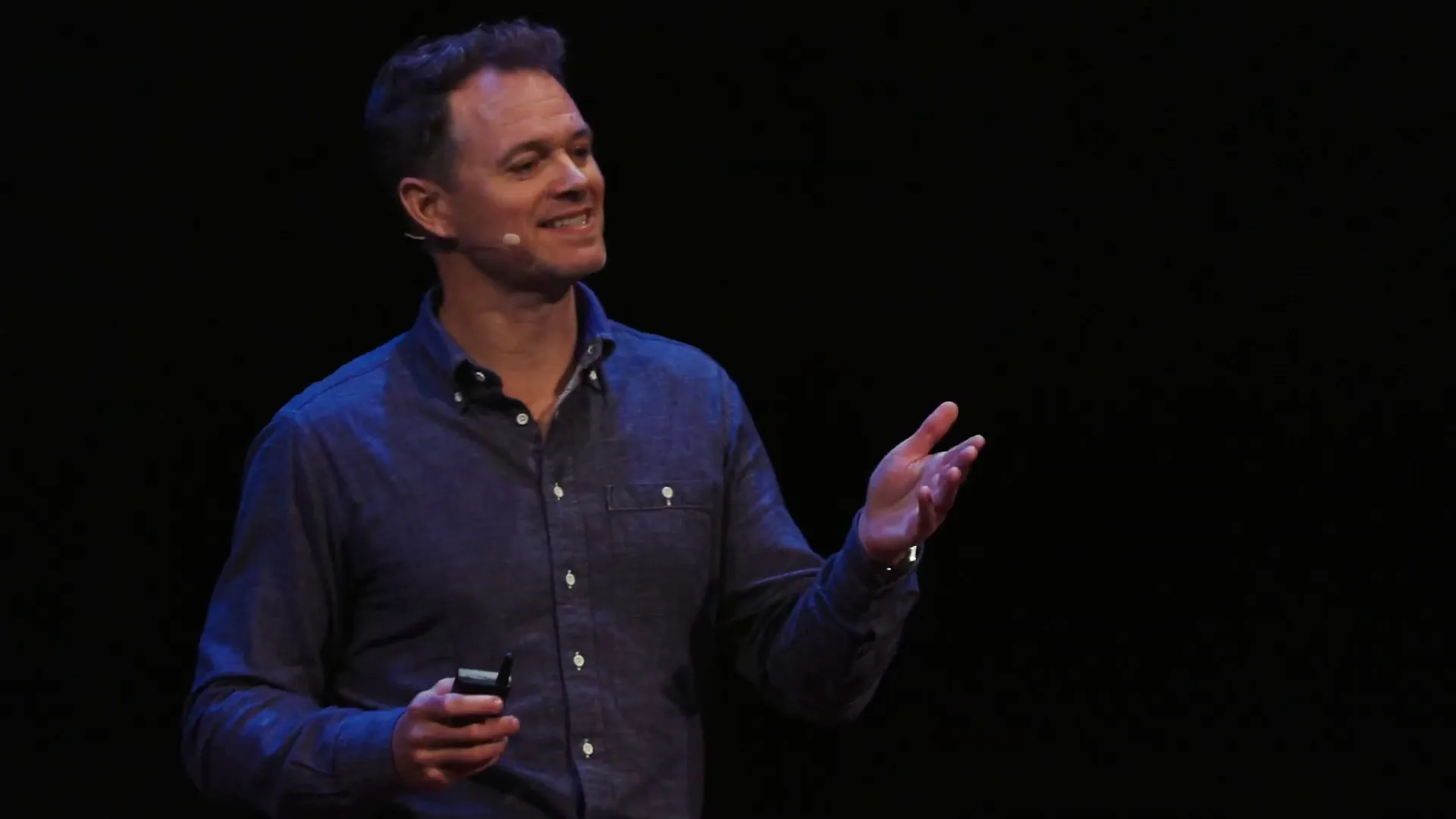
Balancing Data and Intuition
While information is essential, decision-makers must balance it with their intuition. Intuition, informed by experience and pattern recognition, allows leaders to make swift decisions when time is of the essence. The interplay between data and intuition can lead to more nuanced and effective outcomes. Understanding when to rely on data and when to trust one's gut feeling is a skill that can be developed over time.
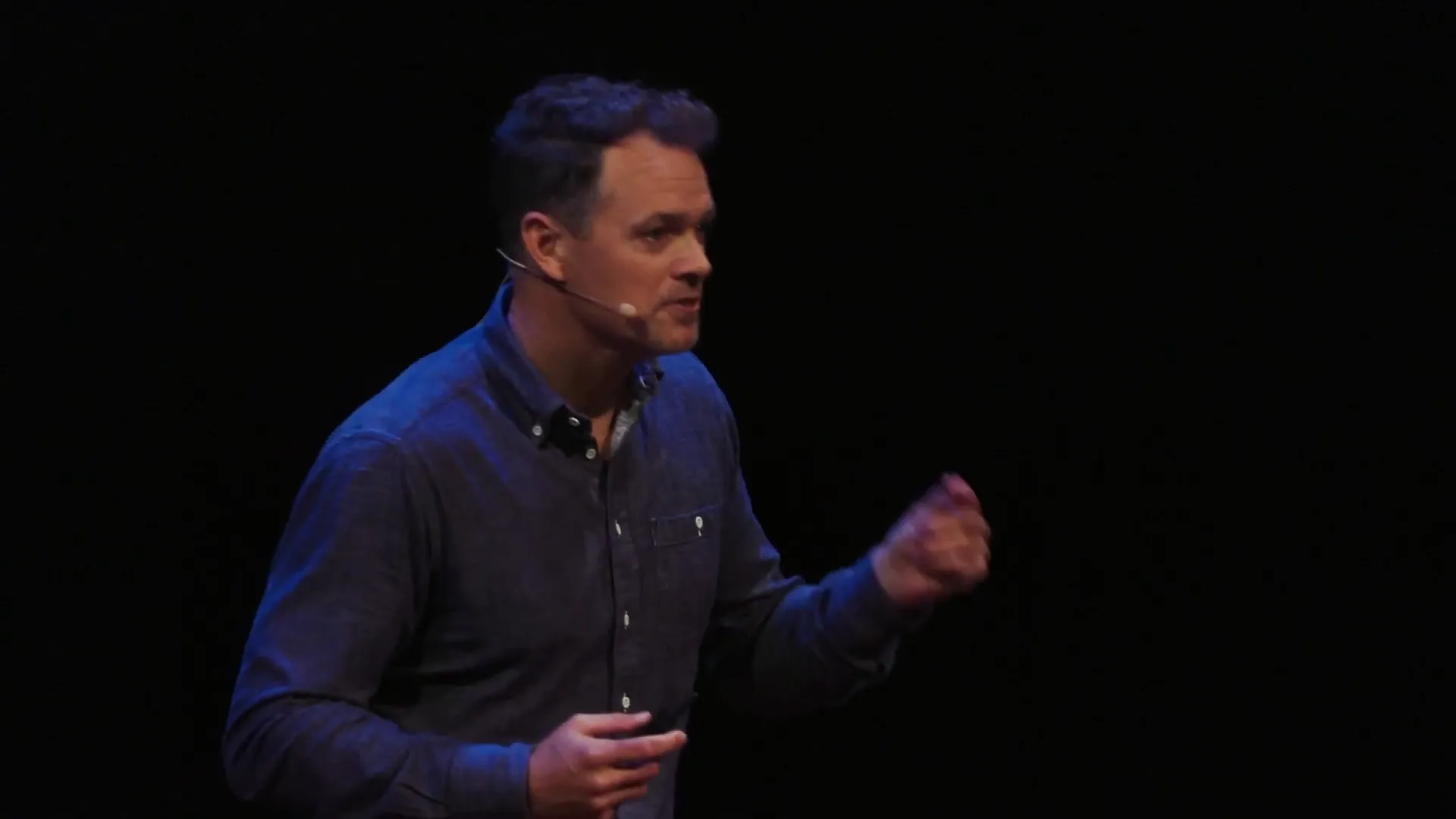
The Limitations of Information Overload
Information overload is a common pitfall in decision-making. The paradox of choice suggests that having too many options can lead to paralysis rather than empowerment. In emergency situations, this can be particularly dangerous. Decision-makers may become bogged down in analyzing data, missing critical cues and opportunities for action.
Research indicates that an excess of information can decrease performance, as individuals struggle to process and prioritize what truly matters. Emergency managers must be trained to filter out noise and focus on key indicators that will inform their decisions. This streamlining of information not only aids in clarity but also enhances response times during crises.
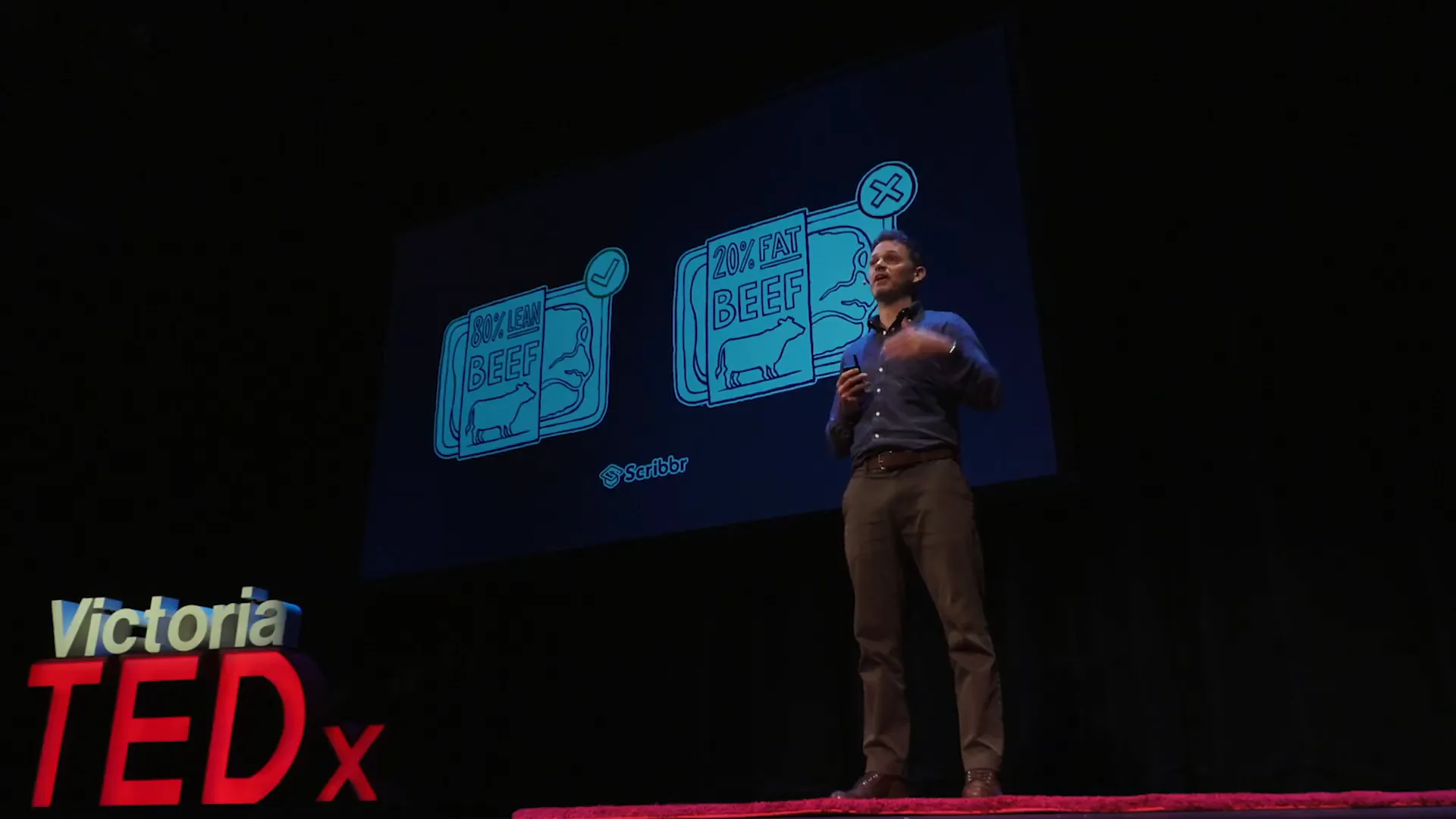
The Importance of Intuition
Intuition is often underestimated in decision-making processes. It is a powerful tool that can guide leaders through uncertainty. Intuition is not merely a gut feeling; it is an accumulation of experiences, knowledge, and subconscious processing that enables individuals to make quick judgments.
In the context of emergency management, intuition allows responders to react swiftly to unfolding situations. For example, an experienced firefighter may sense a change in wind direction or observe subtle signs of fire behavior that inform their next move. Trusting this intuition can often mean the difference between successful intervention and catastrophic failure.
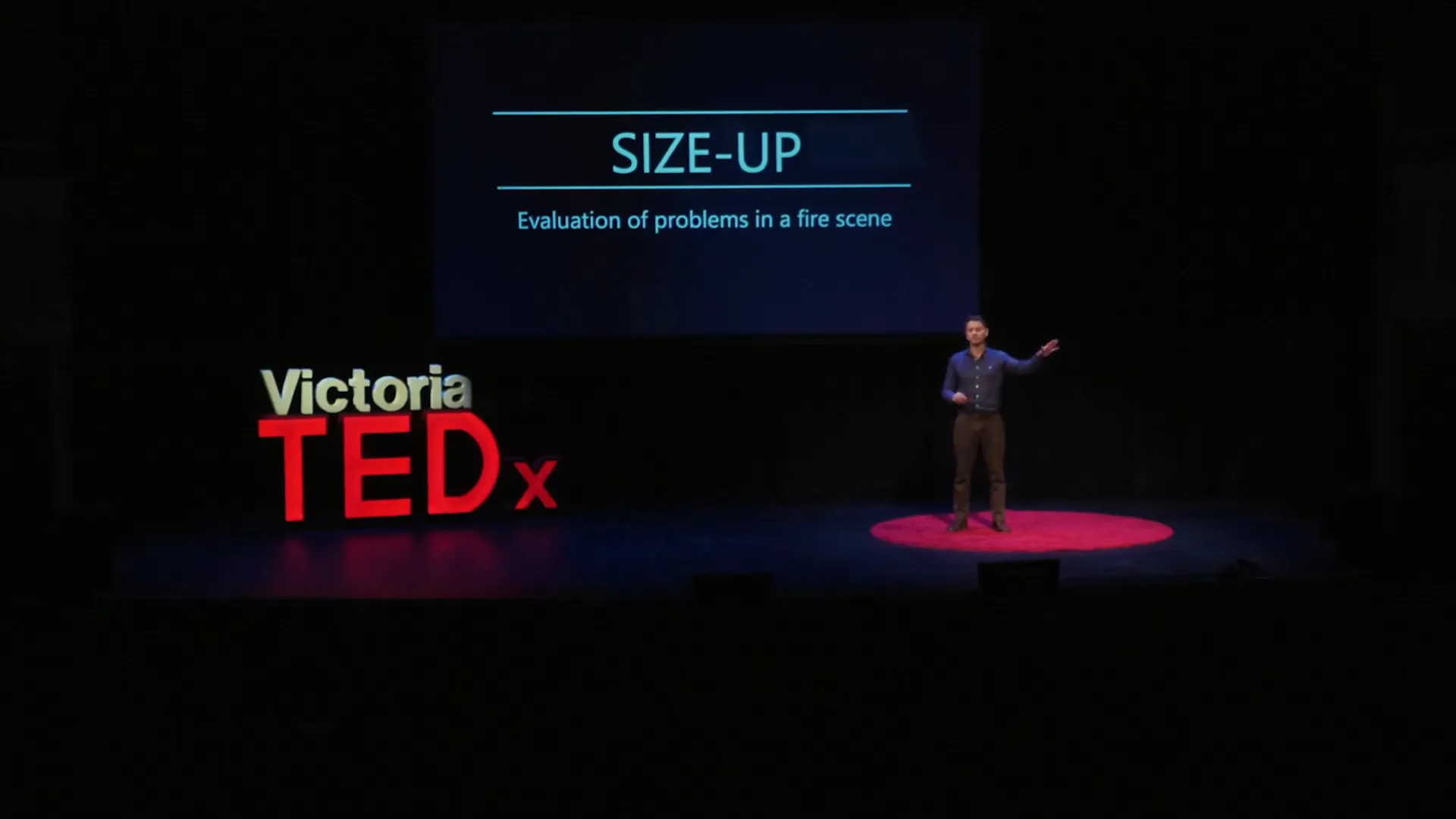
Recognizing Intuitive Insights
Recognizing when to rely on intuition requires self-awareness. Decision-makers must cultivate the ability to distinguish between intuitive insights and impulsive reactions. This involves reflecting on past experiences and understanding how certain cues have influenced their judgments. By doing so, leaders can harness their intuition effectively while remaining vigilant against its potential pitfalls.
Intuition vs. Rational Thinking
The dichotomy between intuition and rational thinking often creates tension in decision-making. Rational thinking relies on logic, analysis, and systematic evaluation of available information. In contrast, intuition is spontaneous and often subconscious. Both approaches have their merits, and understanding when to employ each can enhance decision-making effectiveness.
In high-stakes situations, a purely rational approach may lead to analysis paralysis, while an exclusively intuitive approach may overlook critical data. The key is to integrate both methods. Leaders can begin with rational analysis to gather essential information, then allow their intuition to guide them towards the most viable solutions.
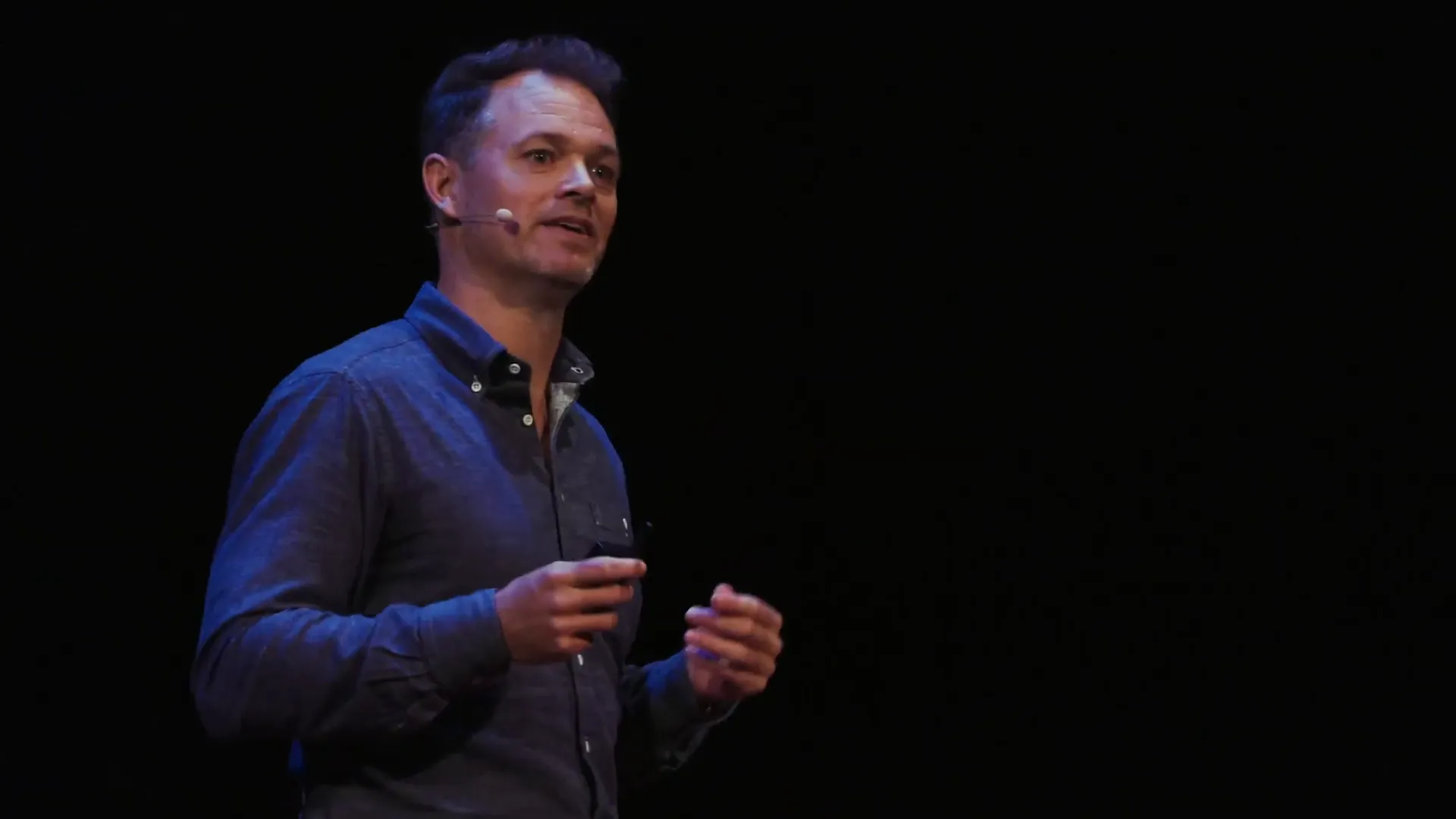
Finding the Right Balance
Finding the right balance between intuition and rational thinking involves practice and experience. Leaders should create environments where both approaches are valued. For instance, during training simulations, decision-makers can practice using both data-driven analysis and intuitive insights to navigate complex scenarios. This dual approach fosters greater adaptability in real-world situations.

Practical Application: The Size-Up Approach
The size-up approach is a vital practice in emergency management. It involves a thorough assessment of the situation before making decisions. This method allows decision-makers to gather critical information about the environment, potential hazards, and available resources. By prioritizing this assessment, leaders can develop a clearer understanding of the context in which they are operating.
In practice, the size-up process may differ based on the setting. In a wildfire scenario, it includes evaluating fire behavior, terrain, and weather conditions. In a corporate environment, it might involve assessing market trends, competitor actions, and internal capabilities. Regardless of the context, establishing a reliable base of information through a size-up is essential for informed decision-making.
Steps to Conduct a Size-Up
- Identify Key Variables: Determine what information is critical for understanding the situation.
- Gather Data: Collect relevant information from reliable sources.
- Analyze Context: Evaluate how the gathered data interacts with the current environment.
- Formulate Hypotheses: Develop potential strategies based on the analysis.
- Consult Intuition: Reflect on past experiences to inform decision-making.
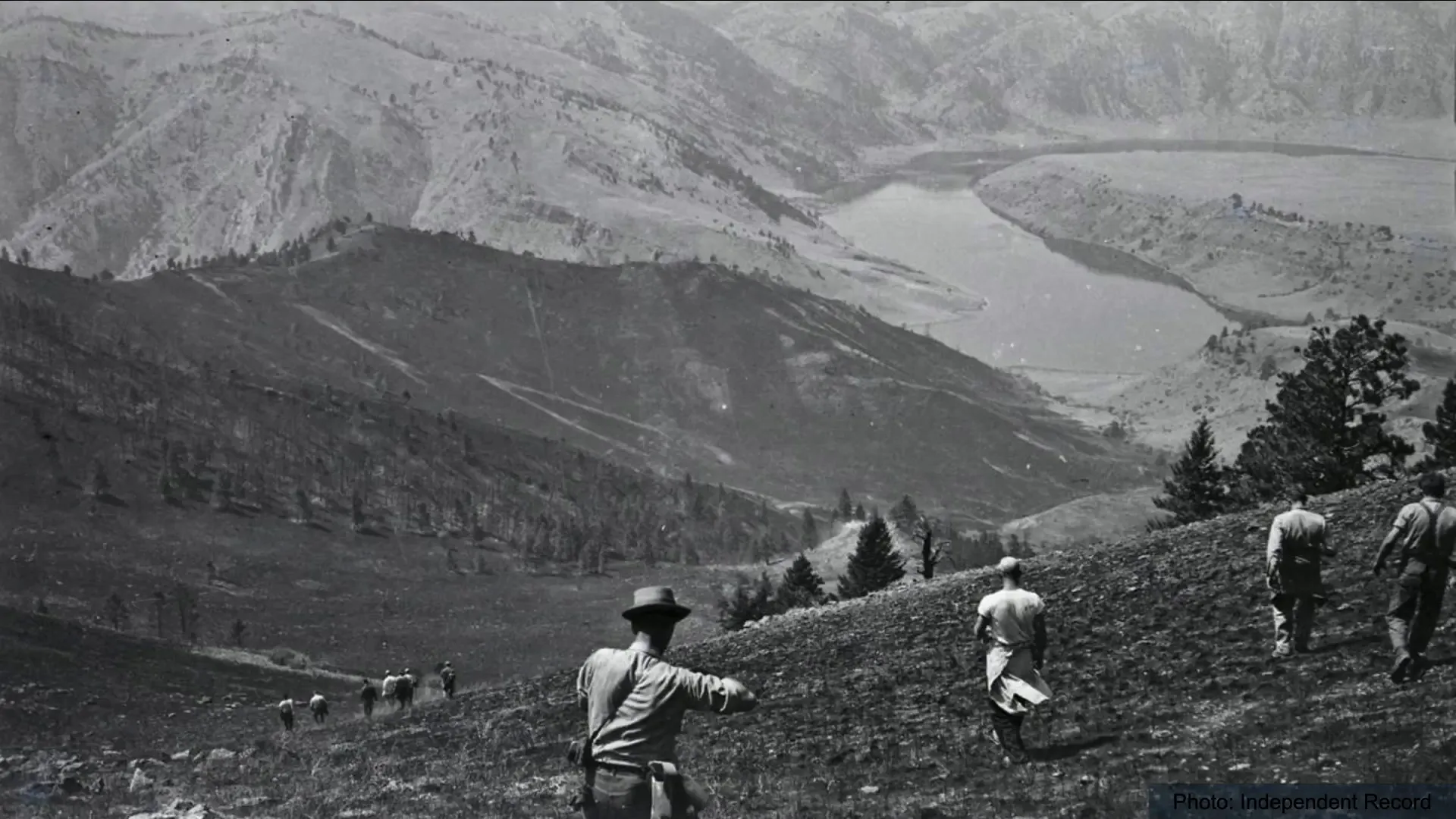
Establishing a Reliable Base of Information
Establishing a reliable base of information is critical in decision-making. This foundation enables leaders to make informed choices confidently. In emergency management, this means ensuring that data is accurate, timely, and relevant. Decision-makers must cultivate relationships with information sources and continuously evaluate the reliability of the data they receive.
Additionally, creating systems for information sharing among team members fosters collaboration and enhances situational awareness. When teams are equipped with a shared understanding of the situation, they can make better decisions together, leveraging both data and intuition.
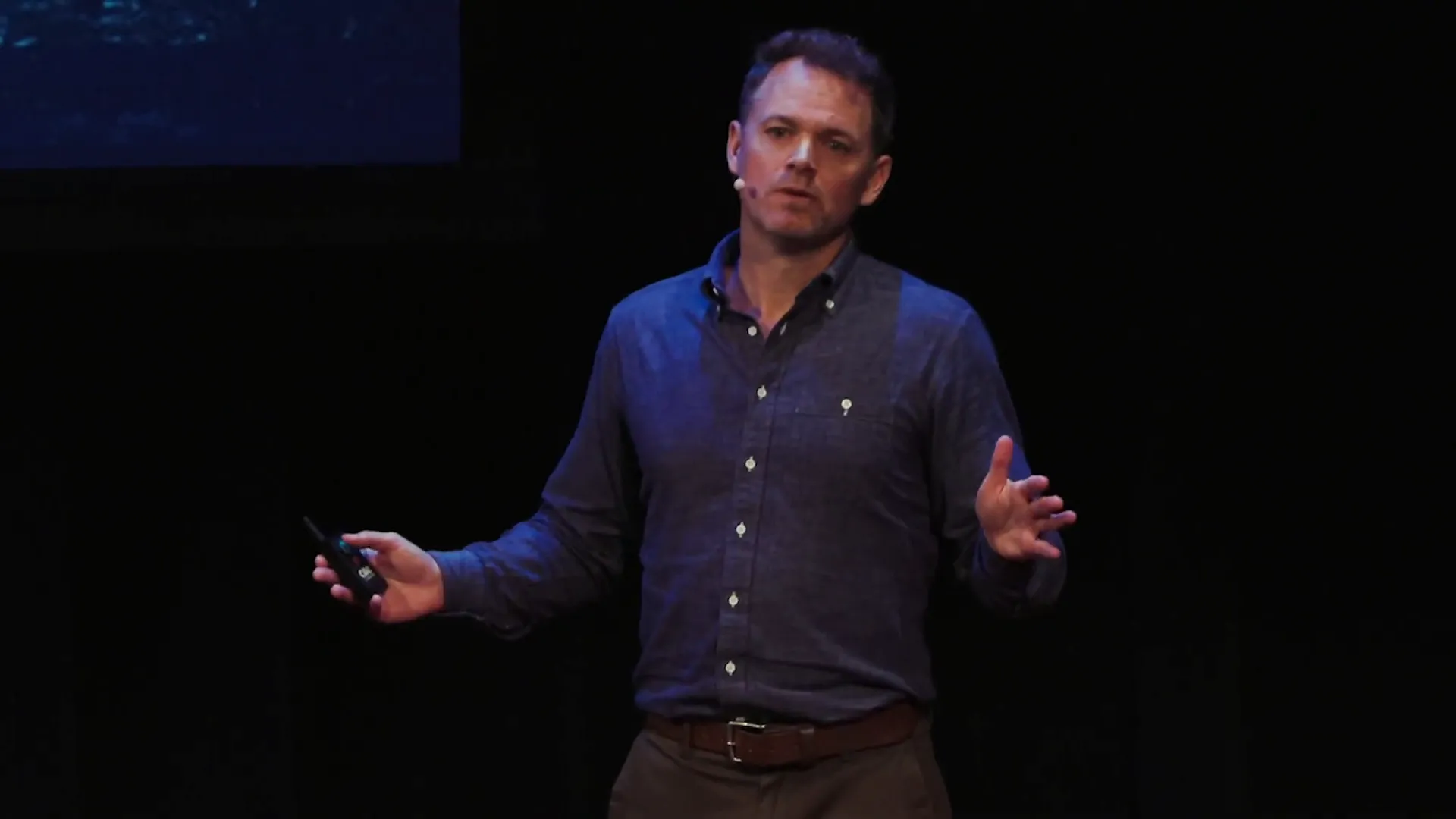
Building Information Networks
Building robust information networks is essential for effective decision-making. This involves creating channels for communication and data exchange among stakeholders. In emergency management, this could mean collaborating with local agencies, community organizations, and other first responders. By pooling resources and insights, decision-makers can enhance their situational awareness and make more informed choices.
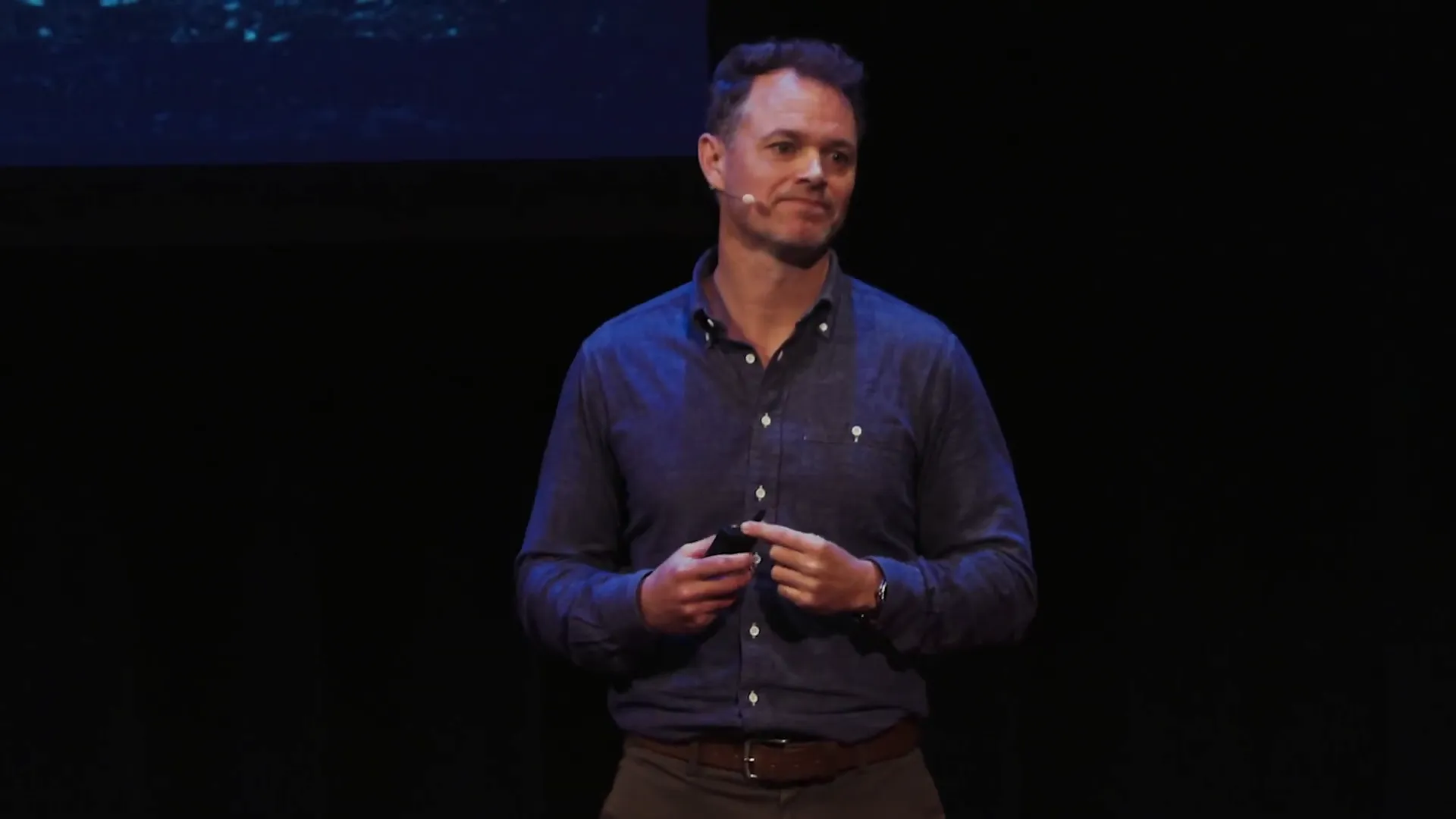
The Bat and Ball Problem: A Decision-Making Exercise
The bat and ball problem serves as an intriguing exercise in decision-making, illustrating the common pitfalls of intuitive thinking. When faced with the question, "A bat and a ball cost $110 in total, and the bat costs $100 more than the ball. How much does the ball cost?", many instinctively respond that the ball costs $10. However, upon reflection, this answer reveals itself to be incorrect. This scenario emphasizes how our gut reactions can often lead us astray.
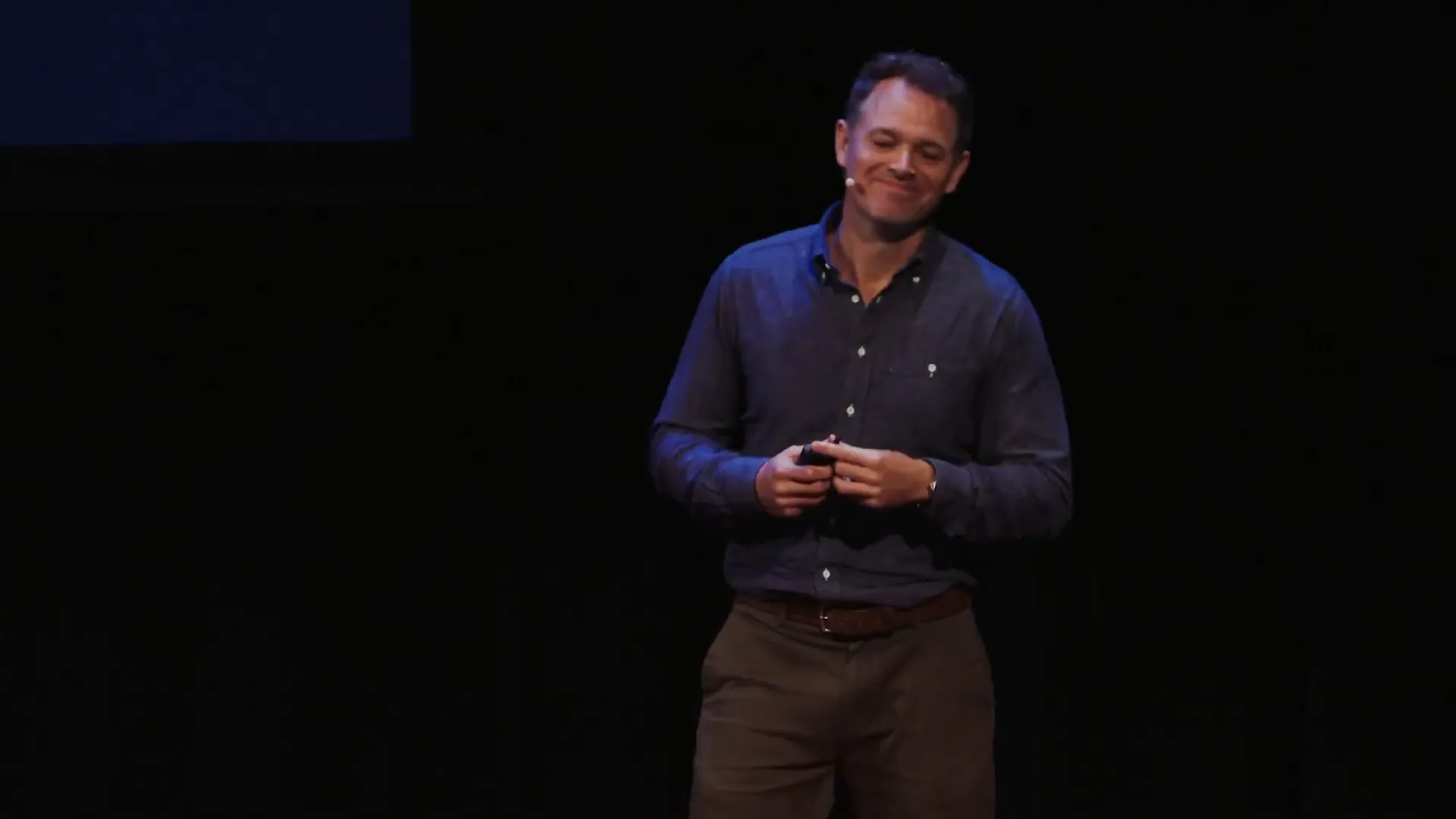
This exercise highlights a crucial aspect of decision-making: the need to verify our intuitive responses. The initial answer may feel right, but verifying it against logical reasoning is essential. This discrepancy between intuition and rational analysis is a significant theme in decision-making processes across various fields, including emergency management.
To enhance decision-making skills, it's vital to cultivate a habit of questioning initial instincts. When faced with a dilemma, take a moment to analyze the problem logically before arriving at a conclusion. This practice can prevent costly mistakes and lead to more accurate assessments.
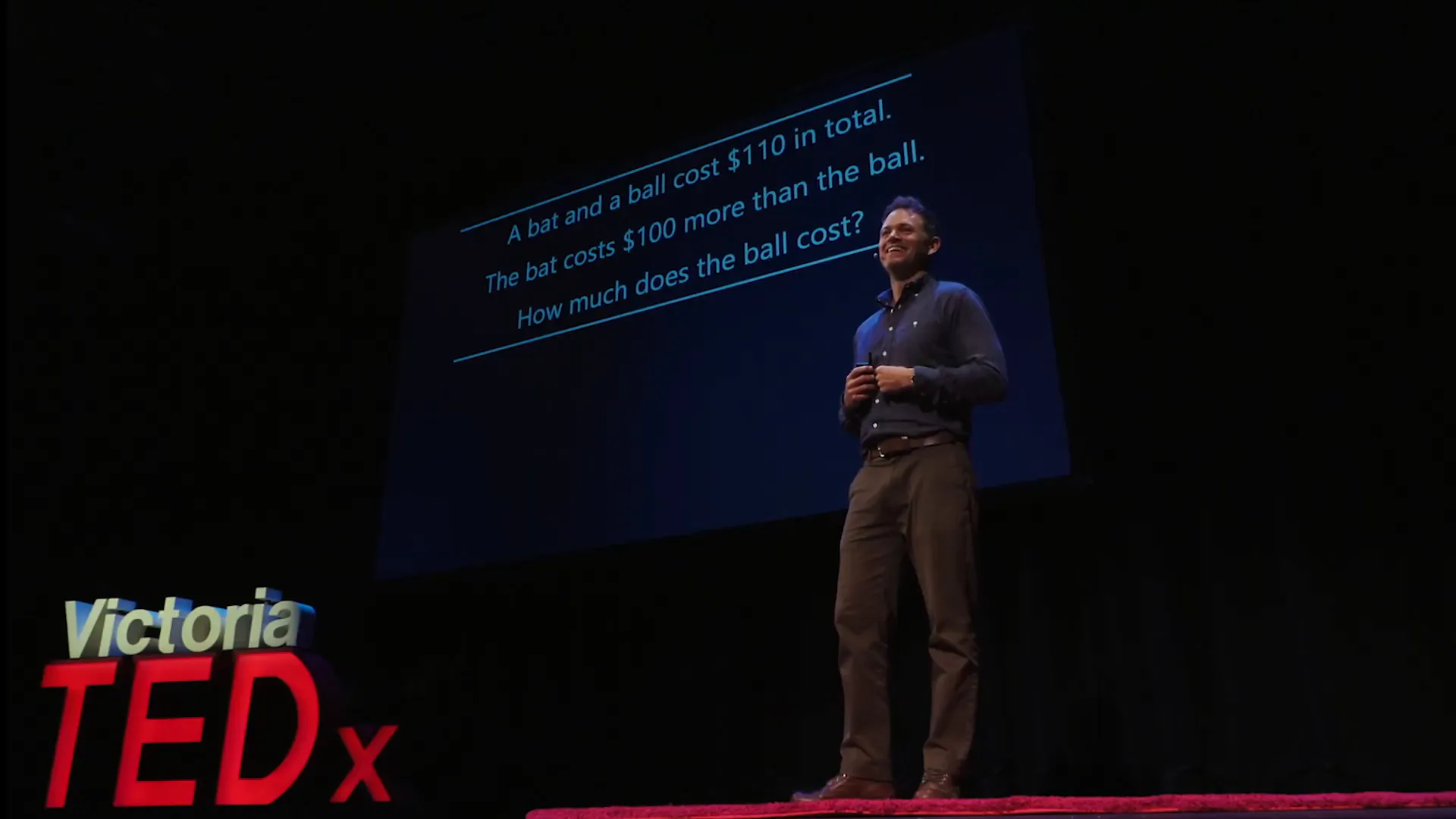
Applying the Bat and Ball Problem in Real Life
Incorporating the lessons from the bat and ball problem into everyday decision-making can significantly improve outcomes. Here are some strategies to apply this concept:
- Pause and Reflect: Before making a decision, take a moment to analyze the situation. Ask yourself if your initial reaction makes sense.
- Seek Feedback: Discuss your thoughts with others to gain different perspectives. This can help identify any biases or blind spots in your reasoning.
- Use Data: Whenever possible, back up your decisions with relevant data. This can help ground your choices in reality rather than solely relying on intuition.
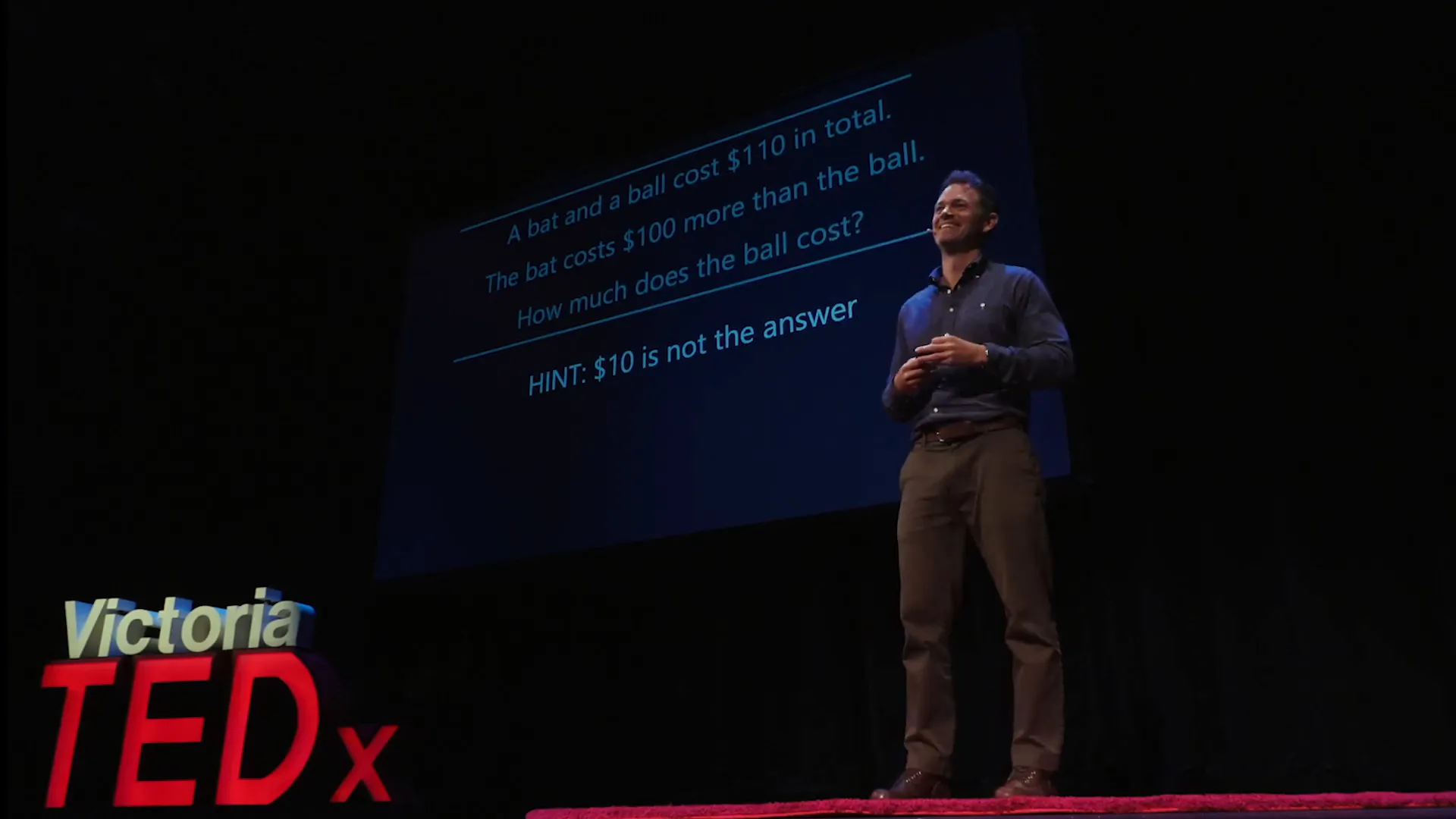
Learning from Historical Wildfire Decisions
Historical wildfire decisions provide invaluable lessons for current and future emergency management practices. Analyzing past incidents reveals patterns and strategies that can inform better decision-making during crises. For example, the contrasting outcomes of the Fort McMurray and Waterton fires illustrate how proactive measures can save lives and property.
During the Fort McMurray fire, the delayed evacuation and chaotic response resulted in devastating consequences. Conversely, the Waterton fire's preemptive evacuation and community protection measures led to a successful outcome. These cases underscore the importance of learning from history to enhance decision-making frameworks.
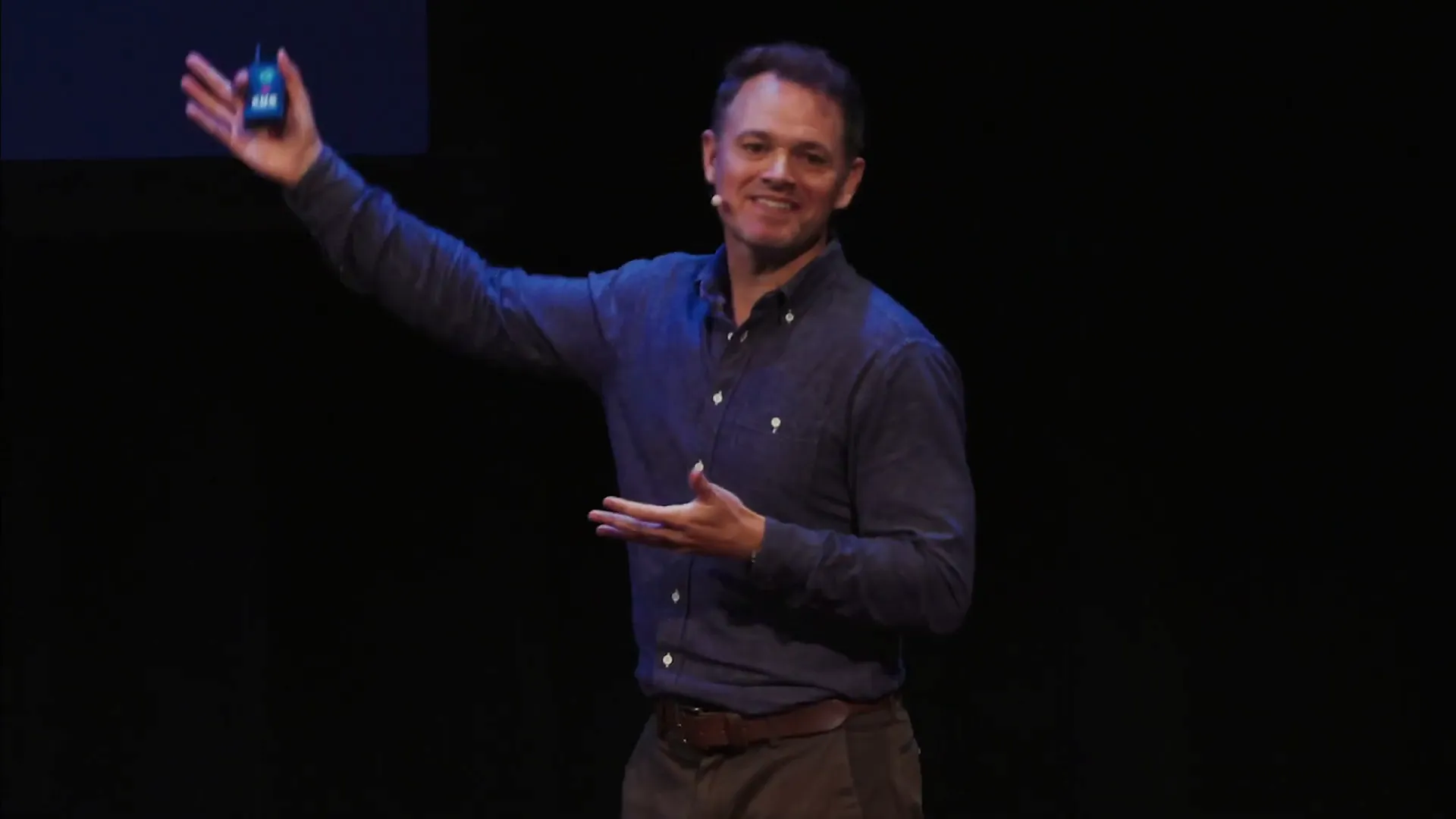
Key Takeaways from Historical Decisions
Here are some key lessons learned from historical wildfire management:
- Proactive Planning: Anticipating potential threats and implementing safety measures can mitigate risks effectively.
- Timely Communication: Clear and timely communication during emergencies is crucial for ensuring public safety and effective response.
- Community Involvement: Engaging communities in preparedness efforts fosters resilience and enhances the overall response to emergencies.

Final Thoughts on Decision-Making
Mastering decision-making, especially in high-stakes situations, requires a blend of intuition, rational analysis, and historical knowledge. By understanding the dynamics of both gut feelings and data-driven insights, leaders can navigate complex choices more effectively. The lessons from wildfires and decision-making exercises like the bat and ball problem serve as reminders of the importance of a balanced approach.
Incorporating structured methodologies, such as the size-up approach, can also enhance decision-making processes. By systematically gathering information before making decisions, leaders can minimize the impact of cognitive biases and improve the outcomes of their choices.
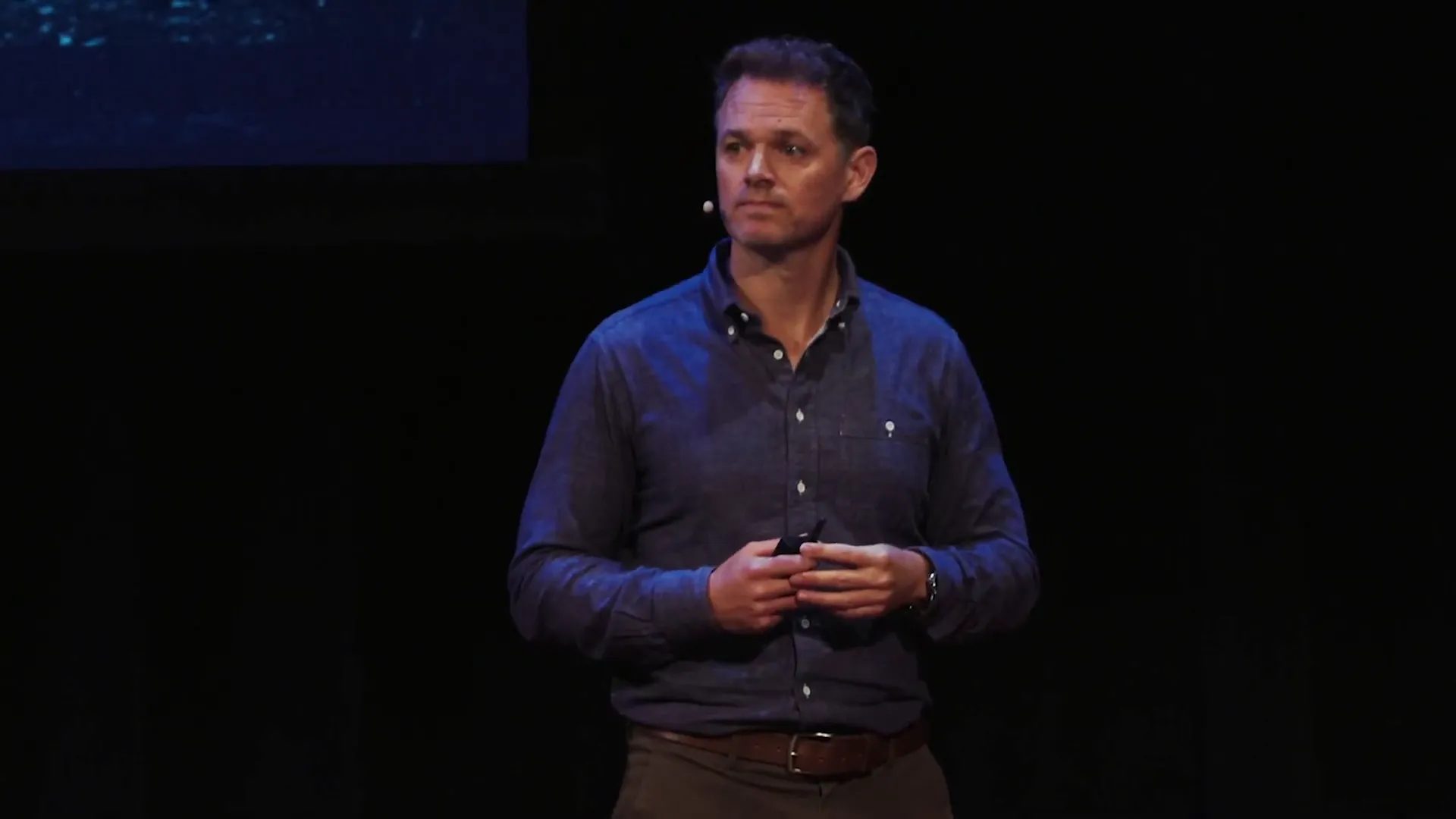
Encouraging Continuous Learning
Continuous learning is essential for improving decision-making skills. Here are some steps to foster this growth:
- Reflect on Past Decisions: Regularly review decisions to identify what worked and what didn't. This reflection can lead to better future choices.
- Engage in Training: Participate in workshops and training programs focused on decision-making strategies and crisis management.
- Stay Informed: Keep updated on best practices and emerging trends in decision-making and emergency management.
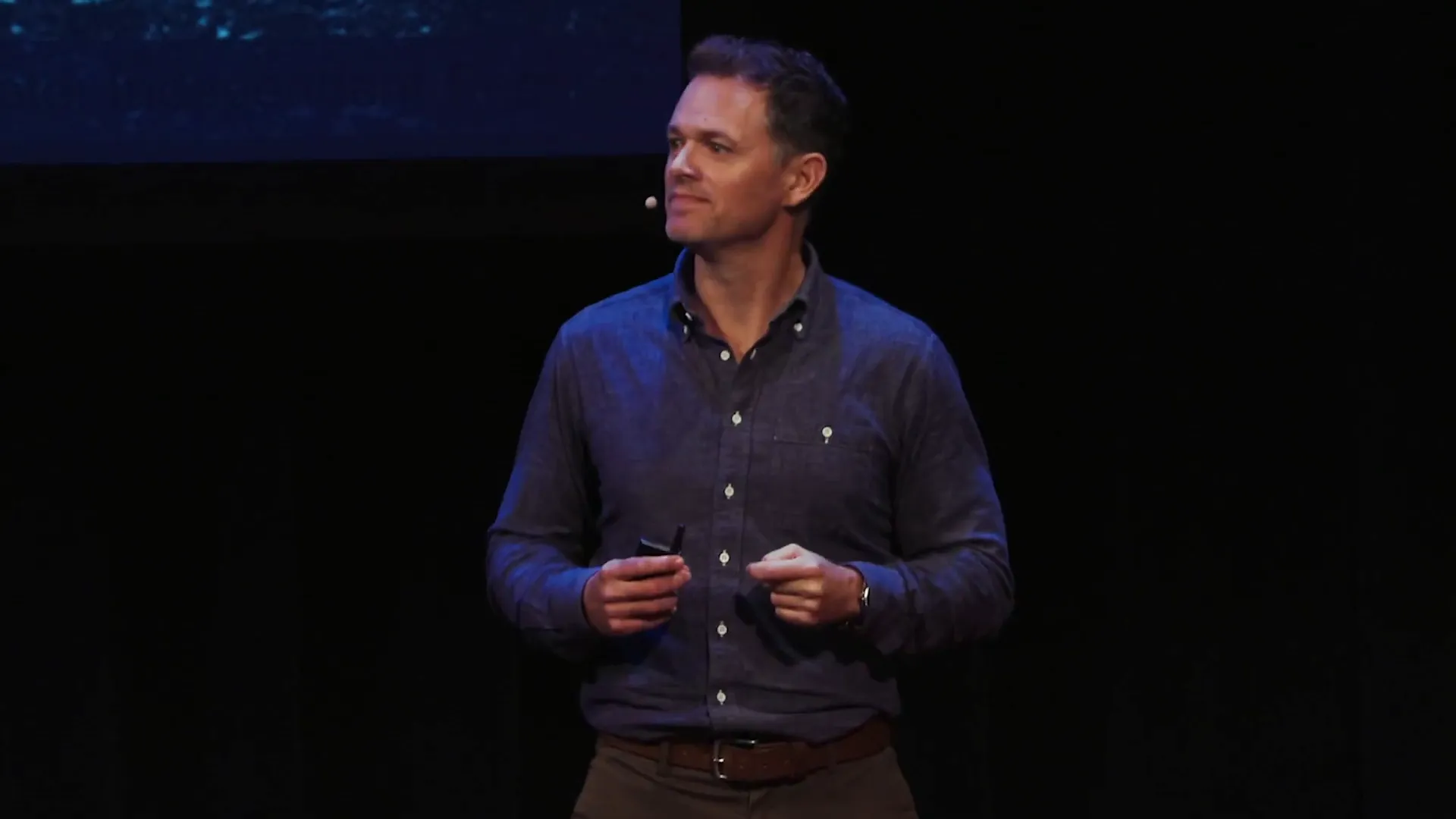
FAQ: How to Improve Decision-Making Skills?
Improving decision-making skills is a continuous process that involves practice and reflection. Here are some frequently asked questions that can guide you on this journey:
1. What are the best strategies to enhance decision-making skills?
Strategies include practicing reflective thinking, seeking diverse perspectives, and using structured decision-making frameworks. Engaging in exercises that challenge your intuition, like the bat and ball problem, can also be beneficial.
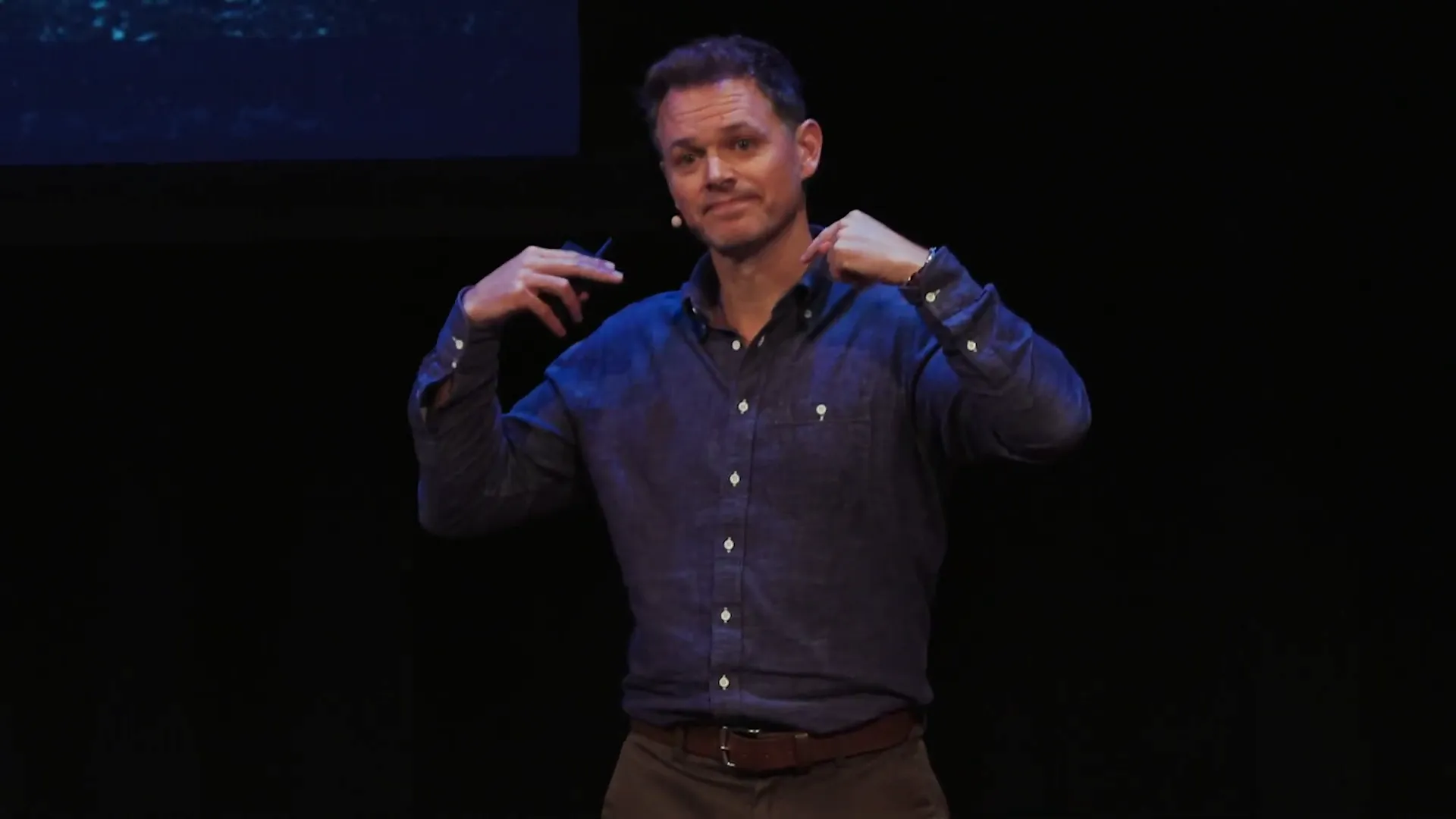
2. How can I balance intuition and data in my decision-making?
To balance intuition and data, start by gathering relevant information to form a reliable base. After assessing the data, consult your intuition to guide your decision. This approach allows you to leverage both analytical and instinctual insights.
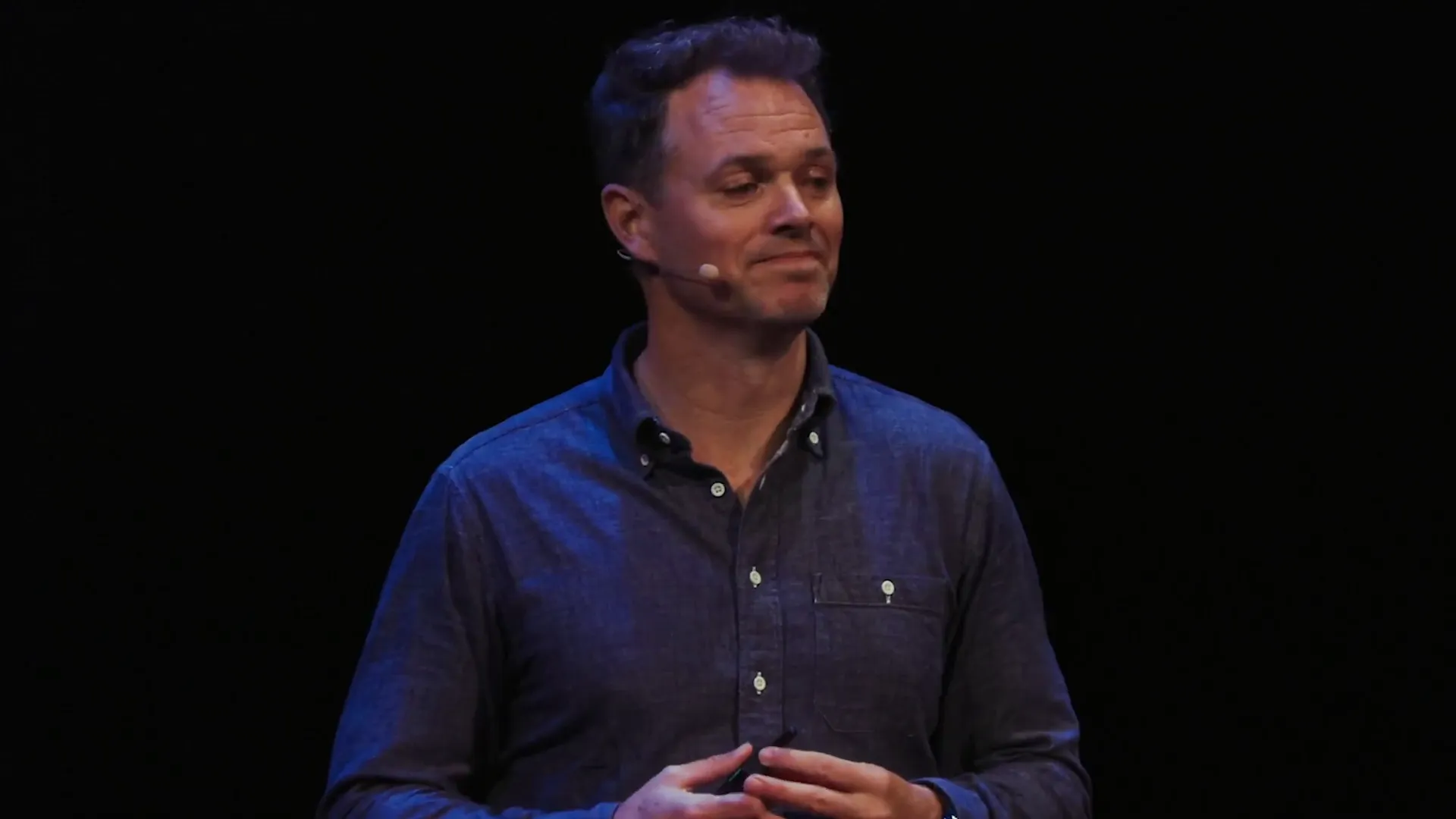
3. Why is learning from past decisions important?
Learning from past decisions helps identify successful strategies and common pitfalls. This reflection can inform future choices, leading to improved outcomes and enhanced decision-making capabilities.
4. How can community involvement improve decision-making in emergencies?
Community involvement fosters collaboration, enhances situational awareness, and builds trust. Engaging communities in preparedness efforts leads to more effective responses during emergencies, as individuals are better equipped to act when they understand the situation.
Made with VideoToBlog